Description
Foxboro FBM241 P0914TG – 8‑Channel Voltage Monitoring Module for I/A Series Systems
The Foxboro (Schneider Electric) FBM241 P0914TG is an 8‑channel voltage input module designed for precise, multi-point monitoring within I/A Series DCS architectures. From my experience, it’s a solid fit when you need reliable 0–10 V DC–type signal acquisition from transmitters, panel meters, VFD speed references, or OEM skids—without reworking the existing control platform. You might notice that its channel density and straightforward baseplate installation keep cabinet usage tight and commissioning time short.
Company’s Order Placement Process and Guarantees
- Warranty: 365 days coverage from shipment.
- Lead time: typically 1 week if in stock; no more than one month at the latest.
- Payment terms: 50% advance payment; full payment prior to delivery.
- Express options: FedEx, UPS, DHL.
- Packing: anti-static, shock-resistant packaging suitable for international transport.
Key Features
- 8 voltage input channels – Ideal for multi-point 0–10 V DC monitoring in compact panels.
- Seamless I/A Series integration – Mounts on standard FBM baseplates and communicates over the I/A Series module fieldbus.
- Signal conditioning – Stable acquisition for typical industrial voltage signals, reducing the need for external conditioners.
- Diagnostics – Module- and channel-level health reporting helps maintenance teams spot issues quickly.
- Redundancy option – In many cases, supports redundant configurations when used with the proper terminal assembly and system setup.
- Simplified wiring – Field wiring is brought to the terminal assembly; the module plugs into the baseplate without extra external power.
Technical Specifications
| Brand / Model | Foxboro FBM241 (P0914TG) |
| HS Code | 8538.90 (Parts suitable for apparatus of heading 8537) |
| Power Requirements | Powered via FBM baseplate; no separate external supply to the module in typical installations |
| Signal Input / Output Types | 8 analog voltage inputs; commonly used for 0–10 V DC monitoring (range options depend on system configuration) |
| Communication Interfaces | I/A Series module fieldbus via baseplate connection to the system controller |
| Operating Temperature | Typically 0 to 50°C (cabinet conditions; observe system manual for limits) |
| Dimensions & Weight | Standard single-wide FBM form factor; mounts to I/A Series FBM baseplates |
| Installation Method | Baseplate-mounted module with separate terminal assembly for field wiring; DIN-rail via baseplate |
Application Fields
This module is commonly used across process industries where voltage signals are standard:
- Chemicals and specialty batch skids – monitoring 0–10 V outputs from OEM analyzers and panel indicators.
- Oil & Gas terminals – reading tank level transmitters or PLC inter-panel volt signals where 0–10 V is already present.
- Water & Wastewater – capturing VFD analog references and instrumentation voltage feedback in plant MCC rooms.
- Power & Utilities – integrating third-party condition monitoring cards that provide voltage outputs.
- HVAC and building utilities within industrial sites – tapping 0–10 V damper/actuator feedback and room controllers.
Advantages & Value
- Platform compatibility – Drop-in fit for I/A Series baseplates, avoiding expensive panel rework.
- Channel density – 8 channels per module helps reduce I/O count and spare inventory, which in many cases cuts lifecycle cost.
- Reduced risk – Diagnostics and consistent Foxboro firmware behavior simplify FAT/SAT and plant maintenance.
- Scalability – Add modules as points grow; redundancy options are available for higher availability architectures.
- Procurement simplicity – Standardized spare part across multiple units means faster change-outs and less training overhead.
Installation & Maintenance
- Cabinet environment – Install on a compatible FBM baseplate inside a ventilated control cabinet; maintain clean, dry conditions within the module’s operating temperature range.
- Wiring – Route shielded cables for low-noise voltage measurements; land field wires on the terminal assembly and verify channel labeling during commissioning.
- Grounding – Use a proper instrument ground; avoid ground loops by consistent shield termination practices.
- Safety – De-energize the baseplate slot before module insertion or removal; follow facility lockout/tagout procedures.
- Routine checks – Periodically verify channel readings with a calibrated voltage source; review diagnostics and system logs.
- Firmware alignment – Keep the DCS system software/firmware at supported versions for the module hardware revision.
Quality & Certifications
- Designed for industrial control applications; typically available with CE marking.
- UL/cUL conformity is common for I/A Series modules; specific listings may vary by hardware revision.
- RoHS compliance is generally observed on later releases; confirm per lot if required by your QA.
- Manufacturer’s warranty handled through us: 365 days.
Suggested Supporting Components
- I/A Series FBM baseplate (DIN-rail mount) and matching terminal assembly for voltage inputs.
- Shielded, low-noise instrumentation cable for 0–10 V DC signals.
- Redundant terminal assembly and a second FBM241 for high-availability configurations, where supported.
One thing I appreciate is how quickly teams can swap an FBM241 during planned downtime—pull the module from the baseplate, seat the replacement, and the system typically recognizes it with minimal engineering effort. A maintenance lead from a midstream facility told us they standardized on this card for skid integrations because it “just plays nicely” with mixed-vendor OEM panels that only expose voltage outputs.

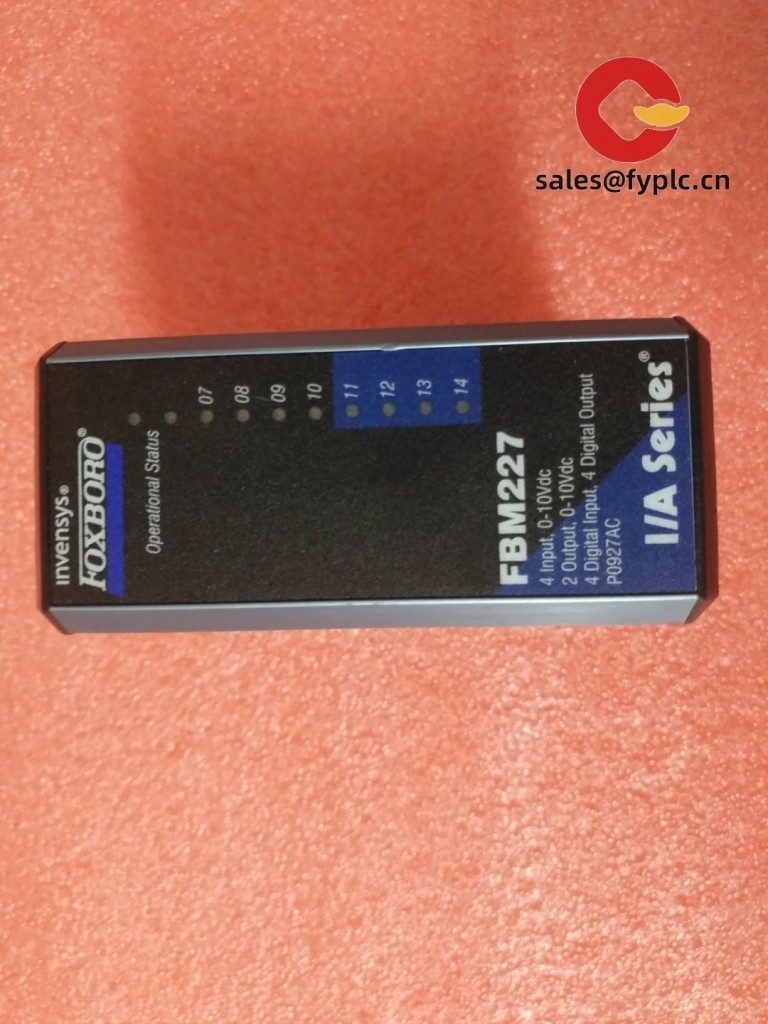
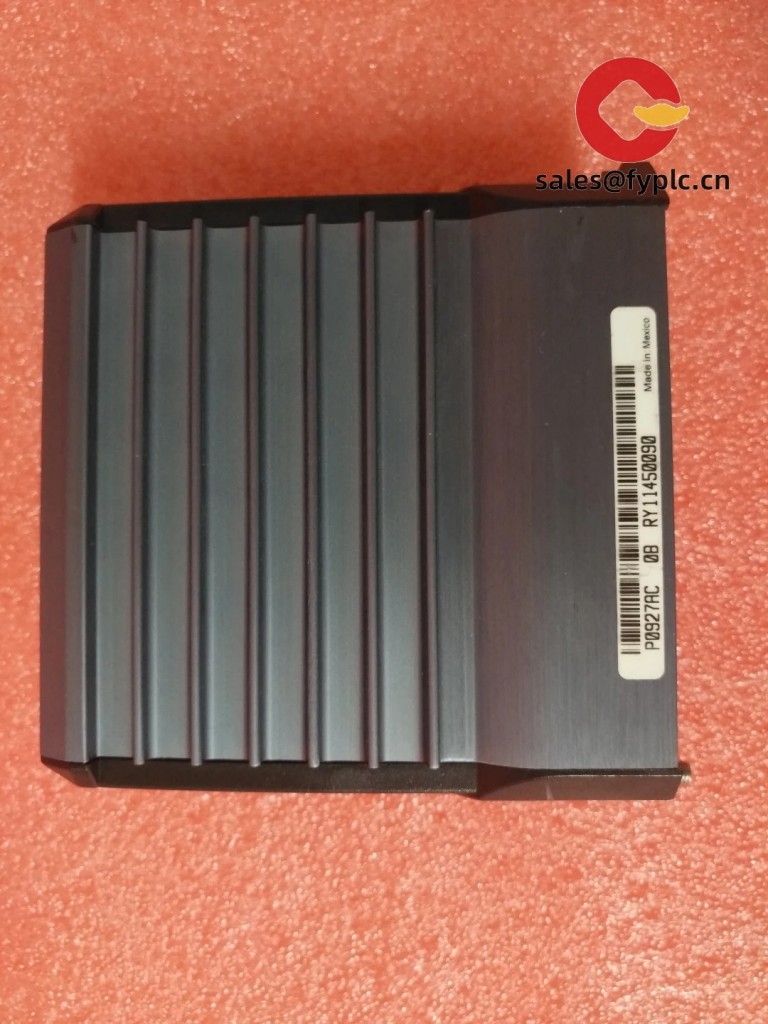
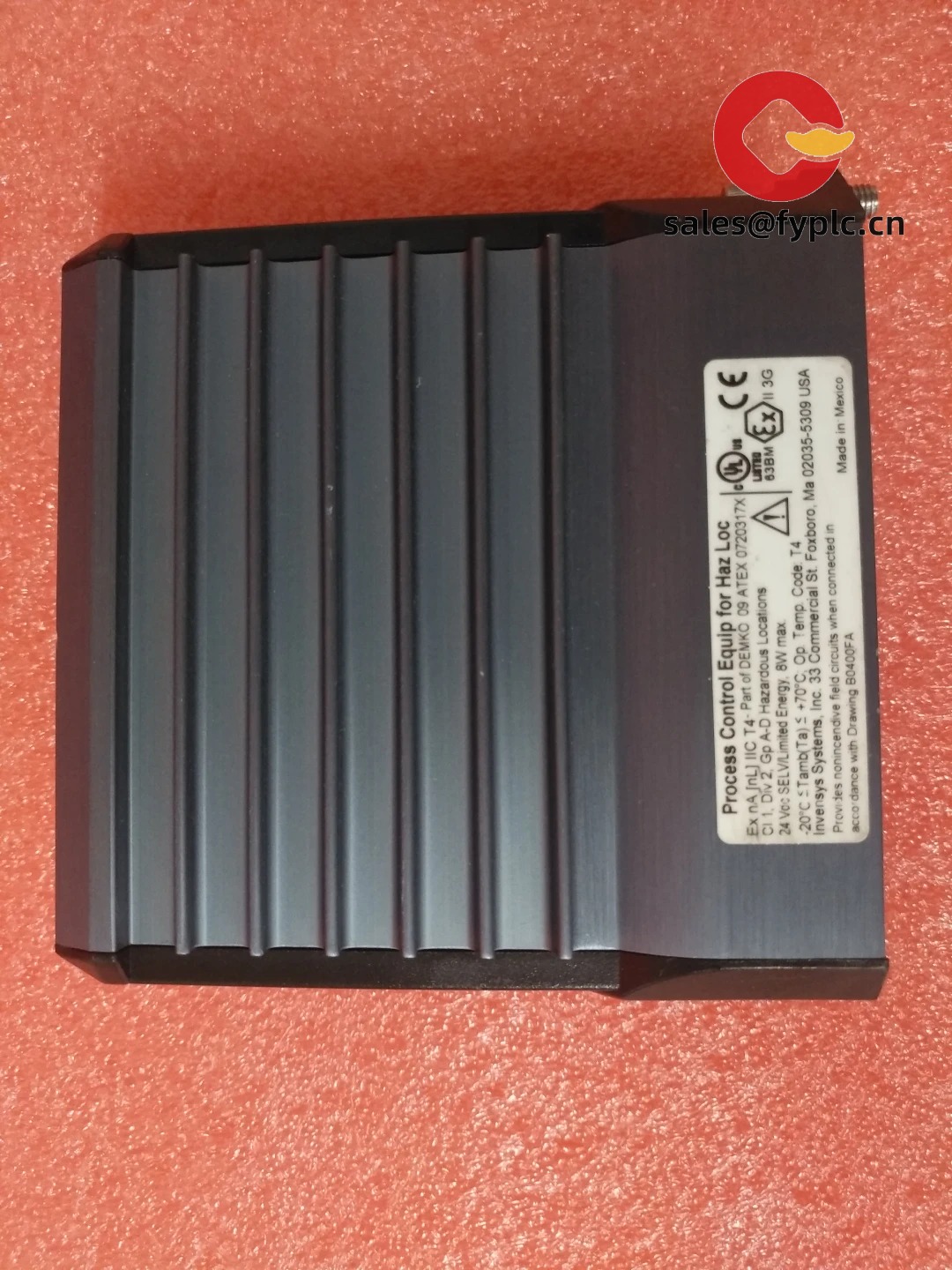


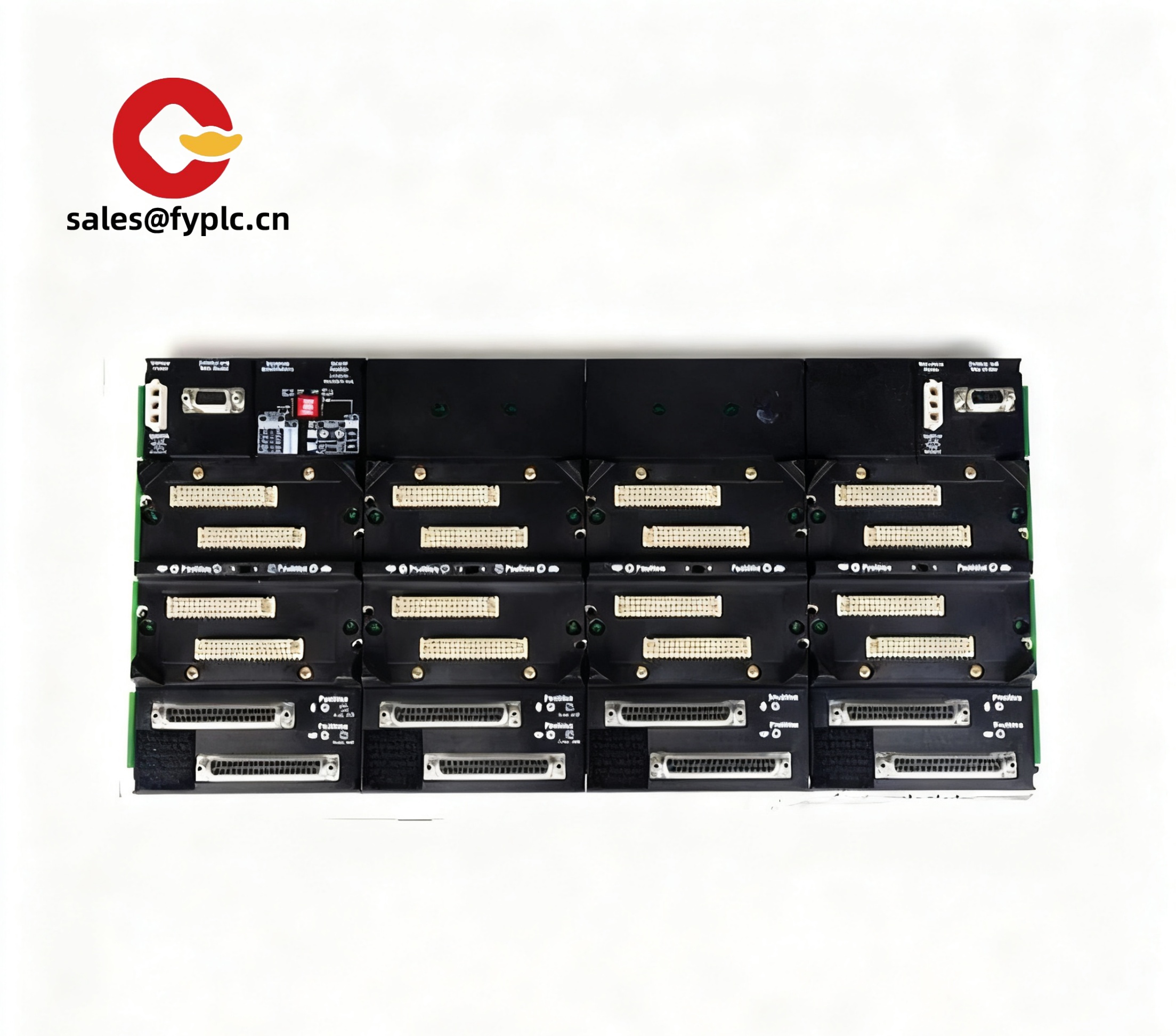
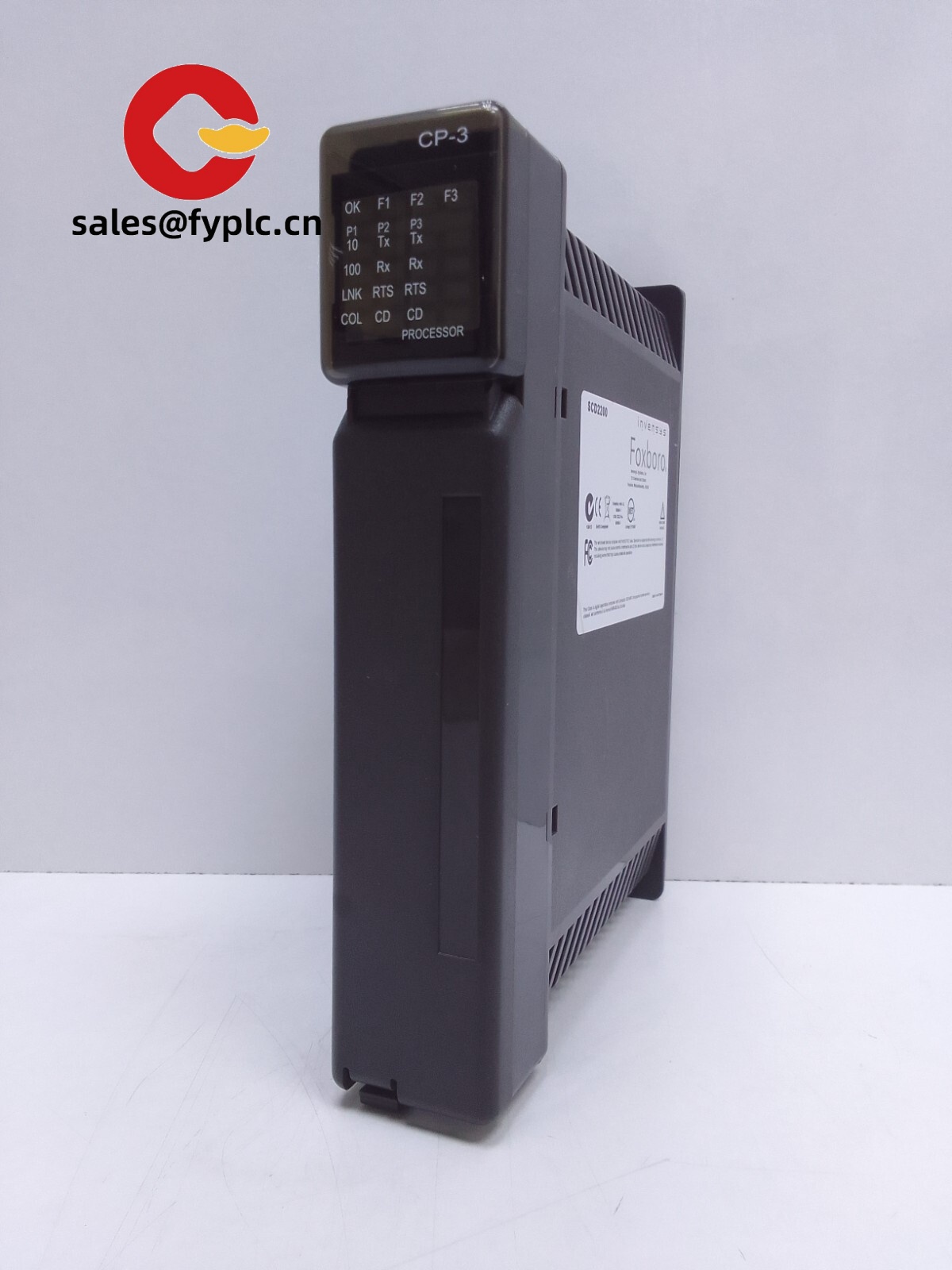
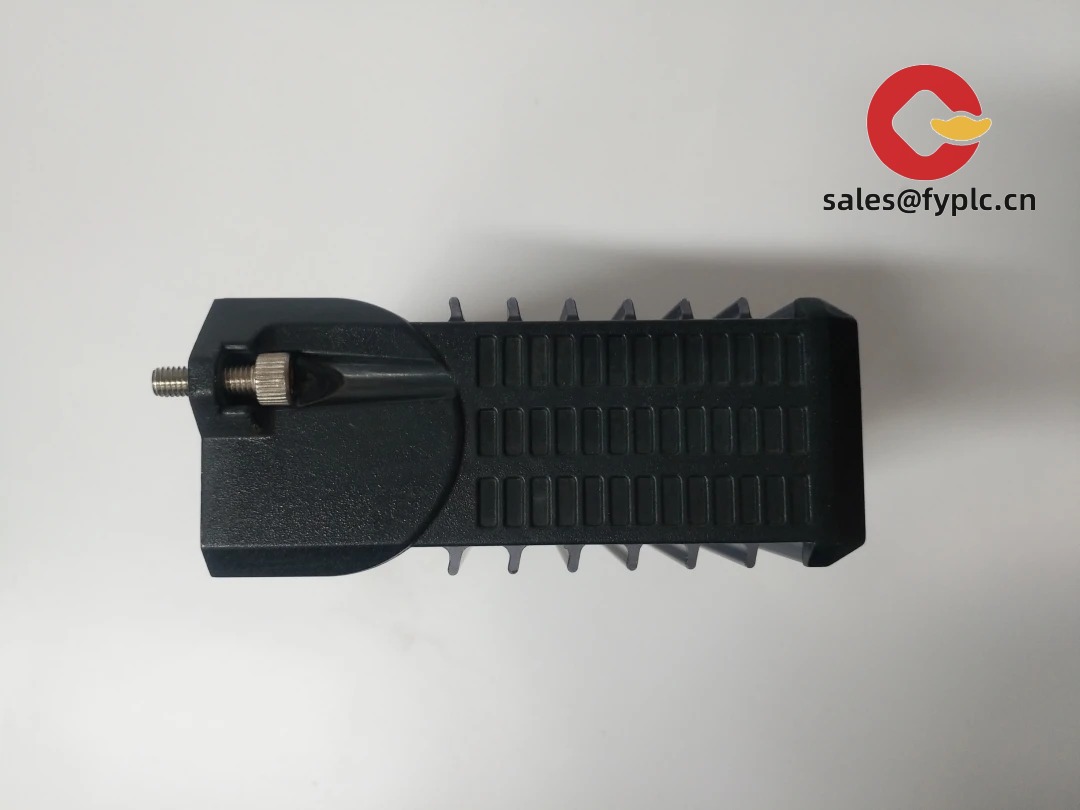

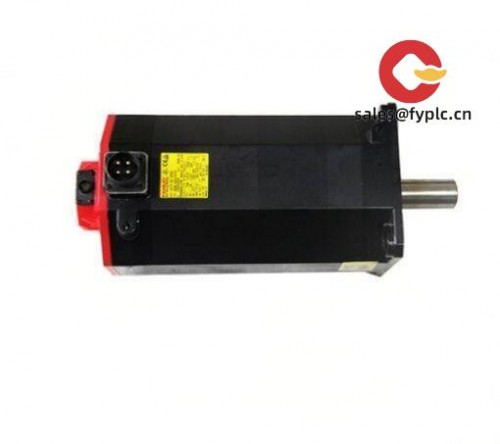


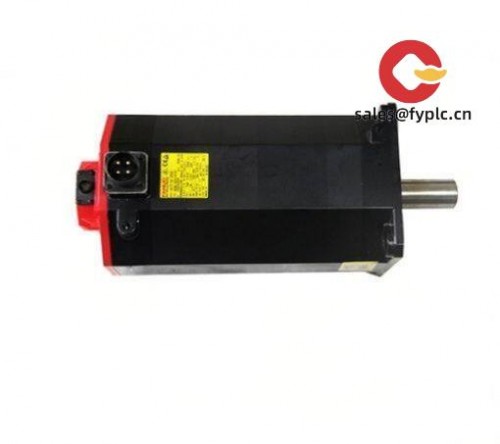


Reviews
There are no reviews yet.